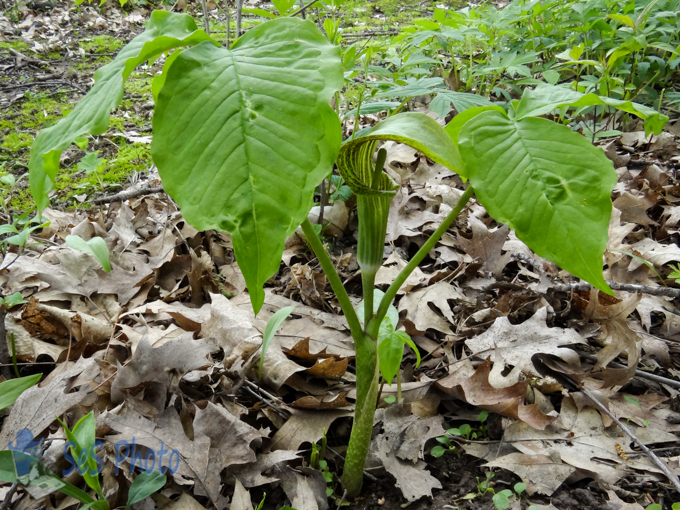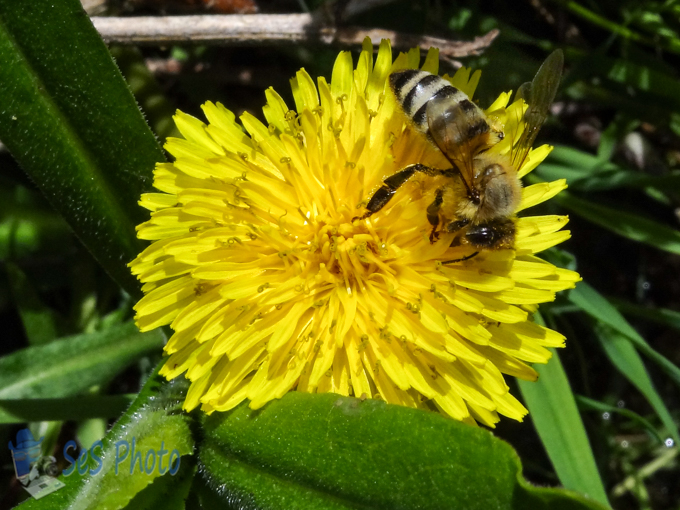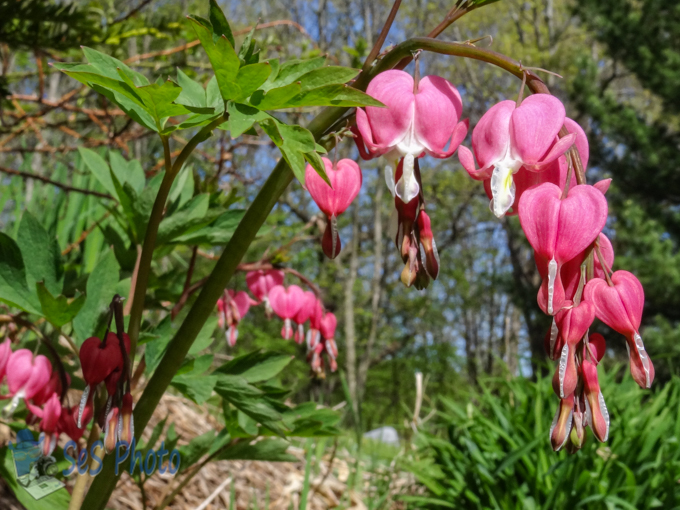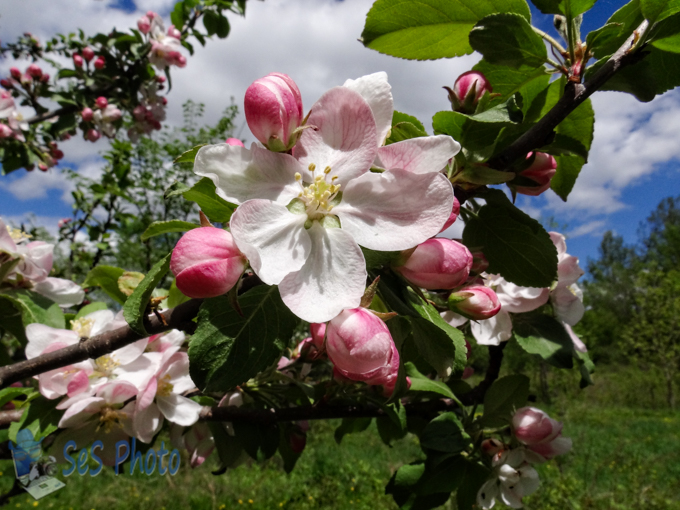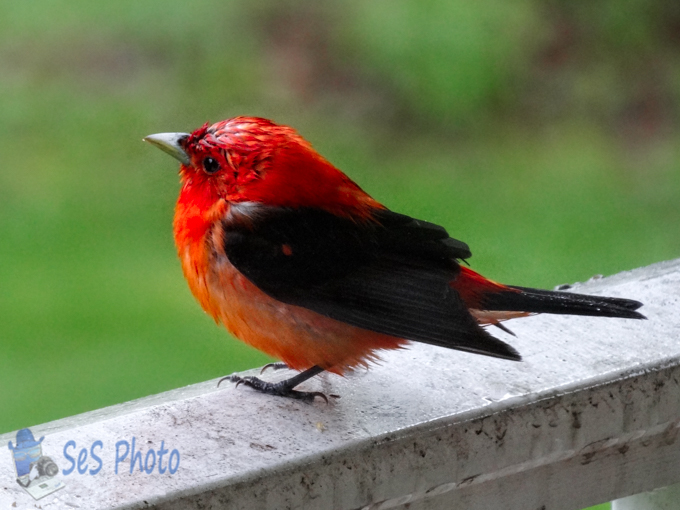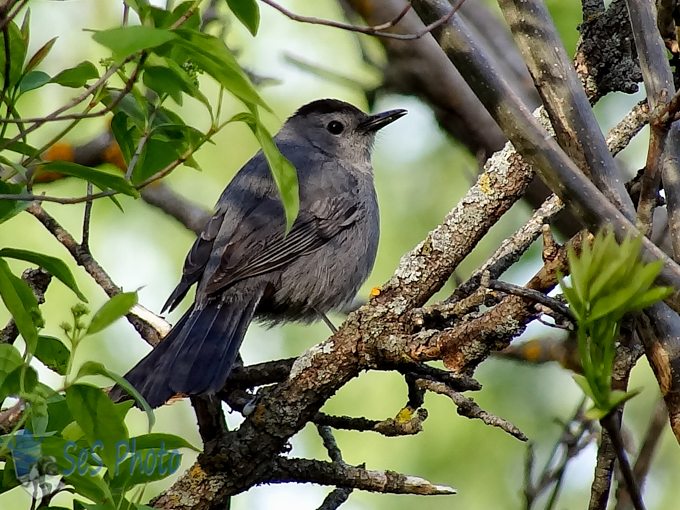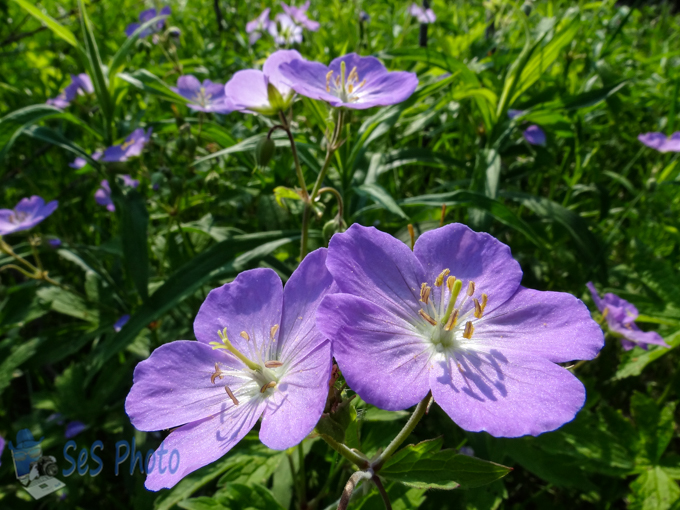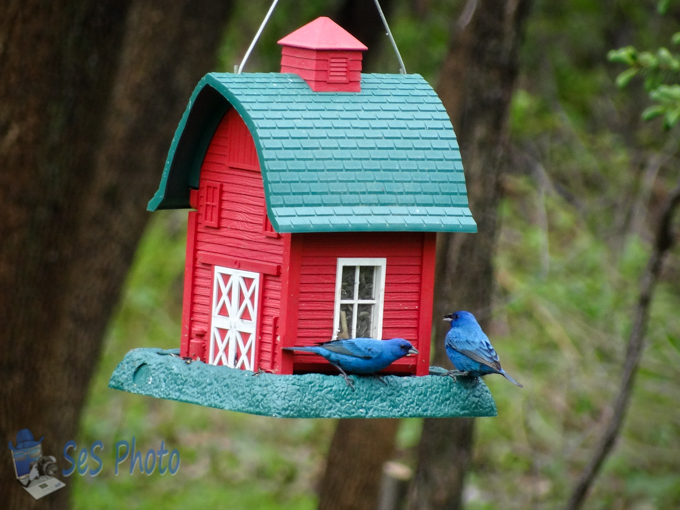The name of this wildflower, Jack-in-the-pulpit, comes from looking like a preacher in a pulpit, although in this case, the preacher probably isn’t Jack as the plant is female. The double set of compound leaves indicates that the plant is female although the plants can change gender from year to year.
The male plants tend to be smaller and also allow pollinators, like the fungus gnat, to escape more easily due to a small hole at the bottom of the slippery spathe after coming into contact with pollen. Females flowers, without the hole, are more likely to trap the pollinators that may be carrying the male pollen, giving it a better chance of successful pollination.
No Jack in the Pulpit
